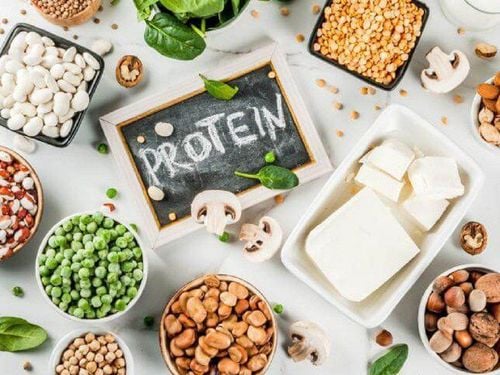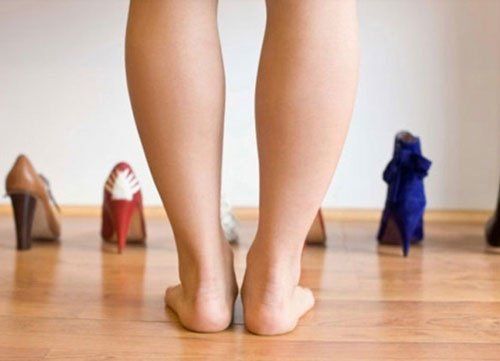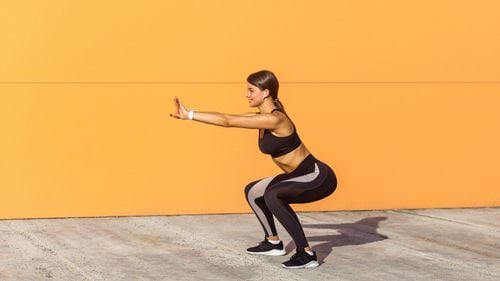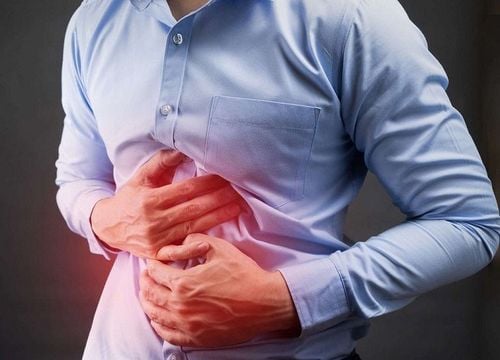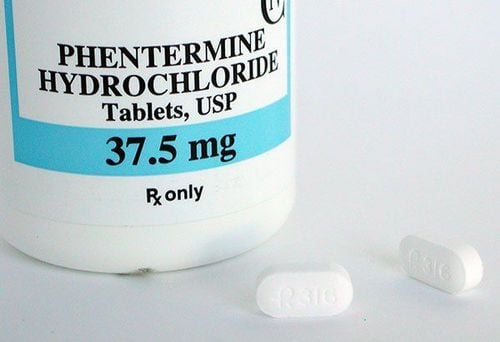This is an automatically translated article.
Usually, traditional weight loss methods focus mainly on cutting body fat to achieve a lower number of pounds rather than building muscle. Bodybuilding, meanwhile, is an approach to weight loss that emphasizes the importance of not only losing fat, but building muscle at the same time.1. What is body regeneration?
Body composition is a term that refers to the amount of fat and mass of non-adipose tissue, including muscle, bone and water in the body.
In fact, body composition analysis seems to provide a better overview of health than other screening methods that only factor in weight and height, such as mass index body mass (BMI).
If based on weight or BMI can only assess a part of health, while body composition analysis will focus mainly on the percentage of fat in relation to muscle mass. reflect on health status in a better way. As a result, body contouring often targets body composition rather than weight.
Different from a standard diet, bodybuilding is a lifestyle in which exercise techniques and nutrition will set the stage for healthy changes in the ratio fat in the body.
Body regeneration can be understood in the simple sense of forming something again or in a different way. Although this method is mainly used for weightlifting athletes, it is now gradually gaining popularity and suitable for those who want to get fit and lose fat effectively.
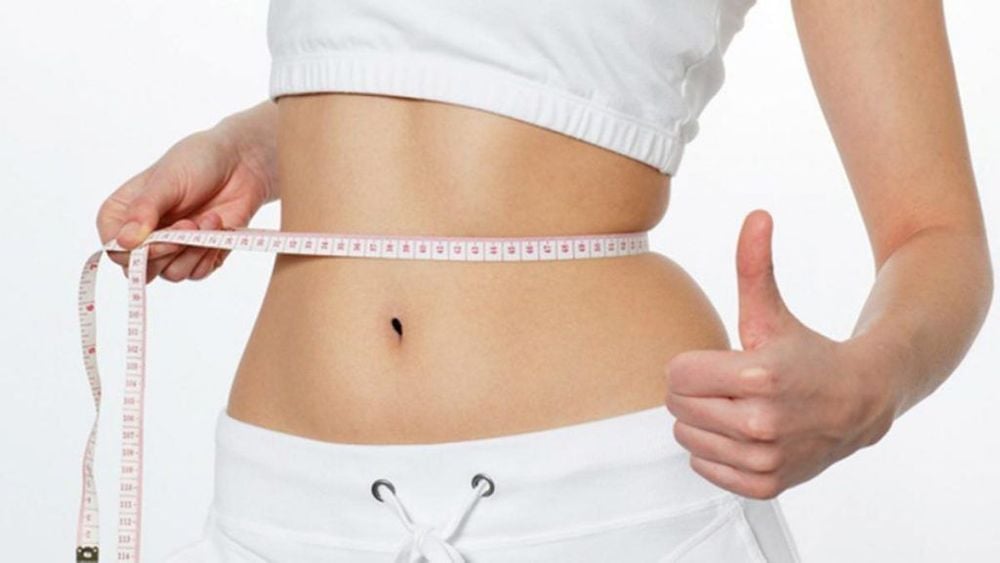
Tái tạo cơ thể không chỉ là giảm cân
2. Body regeneration is more than just weight loss
Often, people will use scales to gauge their progress when trying to lose weight. Most dieters will assume that when their weight is reduced, it means they have successfully lost weight. However, the truth is that using a scale (weight) cannot distinguish between fat loss and muscle loss, both of which are important factors for assessing health.
When the body accumulates too much excess fat, it leads to a variety of health problems, while increasing the risk of chronic diseases, such as heart disease, cancer or diabetes. In contrast, a body with an ideal ratio of muscle mass to fat will significantly improve overall health, further reducing the risk of these chronic diseases.
Strictly speaking, body regeneration will help you gain more muscle and lose fat effectively. However, body contouring techniques seem to achieve weight loss goals much more slowly than other methods of weight loss, even failing to lose weight due to concomitant muscle gain.
In general, muscle to fat ratio is the best indicator of health and fitness, not body weight. Plus, increasing muscle mass also boosts resting metabolic rate (RMR), which means the body burns more calories at rest.
3. How does body regeneration work?
Body remodeling is actually more about lifestyle changes than following a diet. Those who want to gain muscle while burning excess fat need to commit to changing their diet and exercising in a way that can facilitate body regeneration. So, instead of tracking your weight through a scale, you should evaluate your results by measuring your circumference and body fat through a skin caliper.
With traditional weight loss methods, you can significantly cut calories and increase cardiovascular exercise to expend more energy. While this can lead to weight loss, it will most likely cut both body fat and muscle mass.
On the other hand, when you follow the habit of rebuilding your body by changing your exercise method and diet, you will both preserve and build muscle and lose fat.

Tái tạo cơ thể bằng cách tập thể dục đều đặn
Cardiovascular exercises are an important step in weight loss and overall health, and are essential for changing body composition. In addition, you should adopt a high-protein diet to facilitate fat loss, while supporting muscle gain.
The method of body regeneration can be flexibly changed depending on the end goal of each person. For example, slim people who want to build more muscle and lose fat will have different diet and exercise needs than overweight people who want to lose fat to be more toned.
4. How to reduce body fat?
Excess fat is the leading factor that increases the risk of chronic diseases and damages your health, as well as your appearance.
To lose body fat, you need to cut calories by consuming them less or expending more energy. Ideally, you should reduce calories moderately while incorporating exercises that build muscle mass, such as strength training.
4.1. Nutrition and Fat Loss Scientists have proven that consuming a high-protein diet helps to reduce excess fat while maintaining a healthy body weight.
According to a study in 88 overweight adults, when they followed the hypocaloric diet, including 0.64 grams of protein per pound (1.4g/kg) achieved a high degree of effectiveness. better at maintaining muscle mass and reducing body fat than a diet providing 0.36 grams of protein per pound (0.8g/kg).
In addition, researchers have also shown that supplementing with more protein is essential for athletes trying to lose fat while maintaining muscle. In general, you should increase your protein intake to at least 1.4g/kg to improve body composition.
4.2. Other fat loss methods Besides increasing protein intake, combined with increasing calorie consumption, you can apply a number of other fat loss methods, including:
Cut out processed foods: when Consuming a variety of processed foods, such as fast food, sweets, chips, packaged foods, can cause the body to accumulate excess fat.
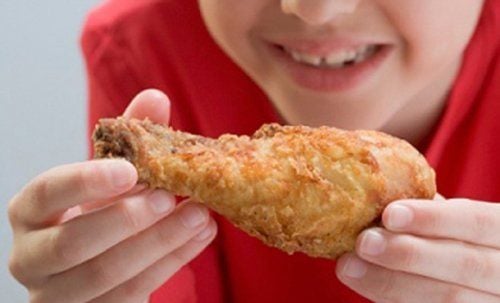
Hạn chế sử dụng đồ ăn nhanh
Reduce carbohydrates: replacing carbohydrates (especially sugary carbs) with foods rich in protein, fat, and fiber helps lower levels of insulin, a hormone that promotes fat storage. Increase fiber intake: eating more fiber-rich foods, such as vegetables and beans, can help reduce body fat, especially in the abdominal area. Short bursts of intense strength followed by a short period of recovery are more effective than continuous moderate-intensity exercise.
5. How to help gain muscle
While losing fat is important, maintaining or building muscle is the key to changing body composition. If you focus only on dieting and neglecting your exercise routine, it can lead to a loss of muscle mass. Therefore, you need to combine a healthy diet with an exercise routine to help strengthen your toned body and maintain muscle.5.1. The Importance of Protein A proper diet is extremely important for building muscle. You should supplement your daily diet with fresh foods, healthy fats, complex carbohydrates and proteins. Researchers have shown that consuming 1.6–2.2 g/kg of protein per day can maximize muscle growth and strength. For those who are more focused on fat loss, 30-40% of calories should be reduced while increasing protein intake by 1.2–3.1 g/kg to maximize fat loss while maintaining or promoting push muscle mass. Additionally, you should evenly distribute your protein sources throughout the day by consuming protein-rich foods like eggs, poultry, dairy products, and protein supplements every three to four hours.
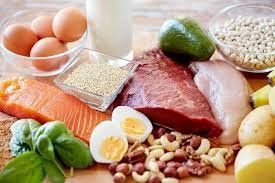
Nên bổ sung protein đúng cách
5.2. The best exercises to strengthen muscles Strength training to strengthen muscles includes strength training exercises, such as lifting weights. If your goal is to build muscle and lose fat, you should work out at least two sessions per week.
In addition, you should also combine training with other strength training exercises such as squats, push-ups, and chest exercises 2-3 days a week to achieve the best results.
Periodic health check-ups help to detect diseases early, so that there are treatment plans for optimal results. Currently, Vinmec International General Hospital has general health checkup packages suitable for each age, gender and individual needs of customers with a reasonable price policy.
Results of the patient's examination will be returned to the home. After receiving the results of the general health examination, if you detect diseases that require intensive examination and treatment, you can use services from other specialties at the Hospital with quality treatment and services. outstanding customer service.
Please dial HOTLINE for more information or register for an appointment HERE. Download MyVinmec app to make appointments faster and to manage your bookings easily.
Reference source: healthline.com



